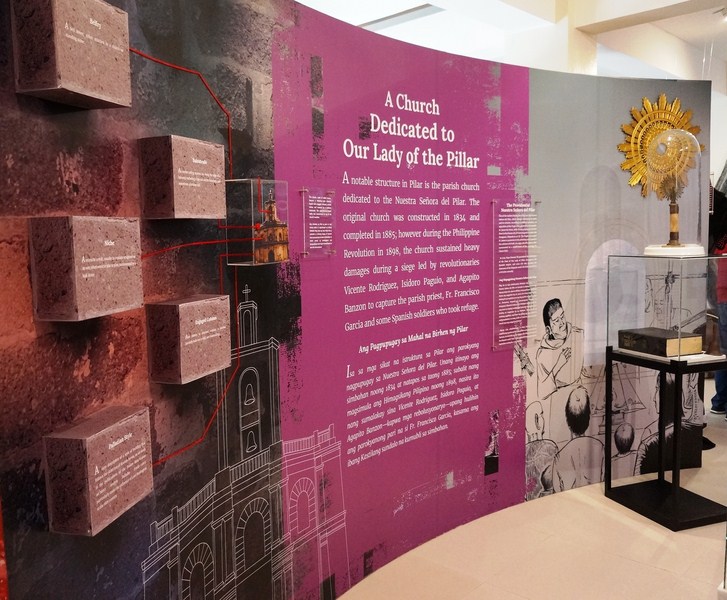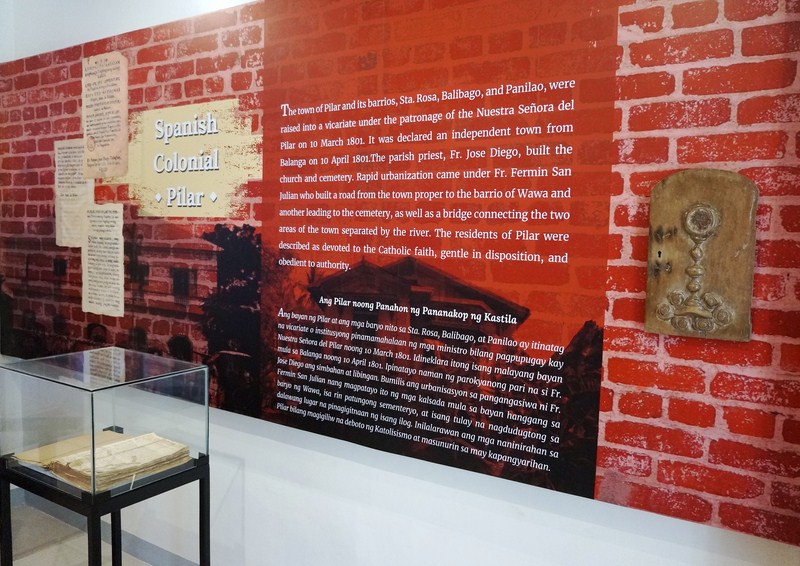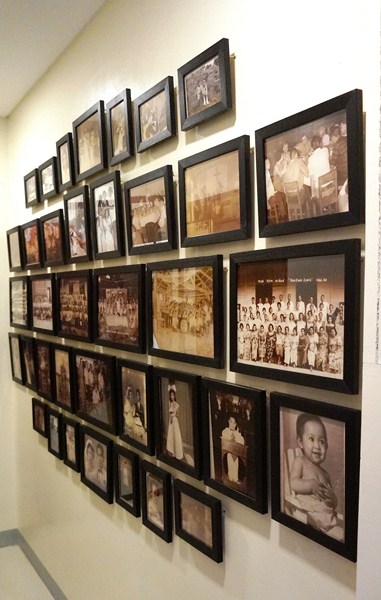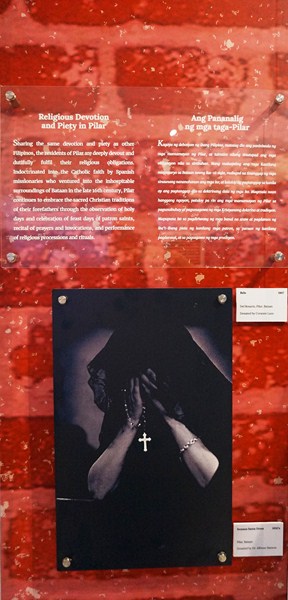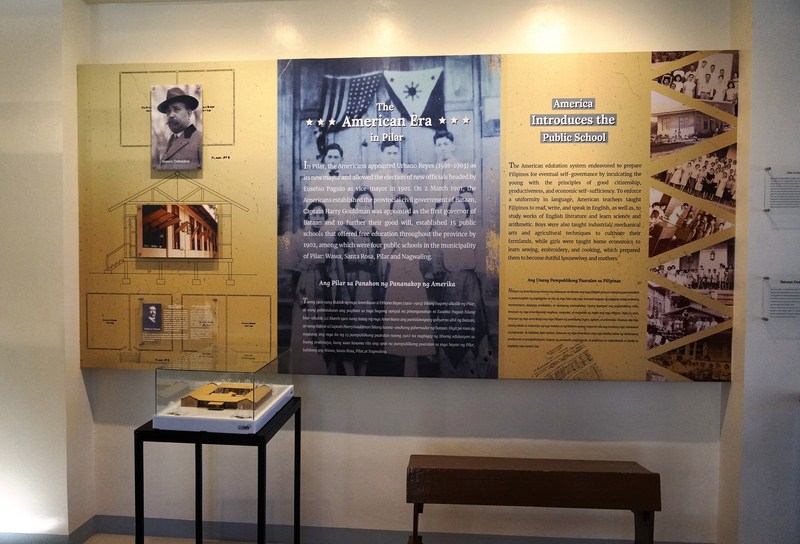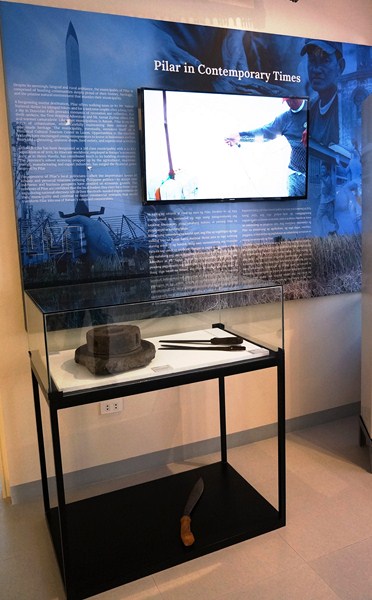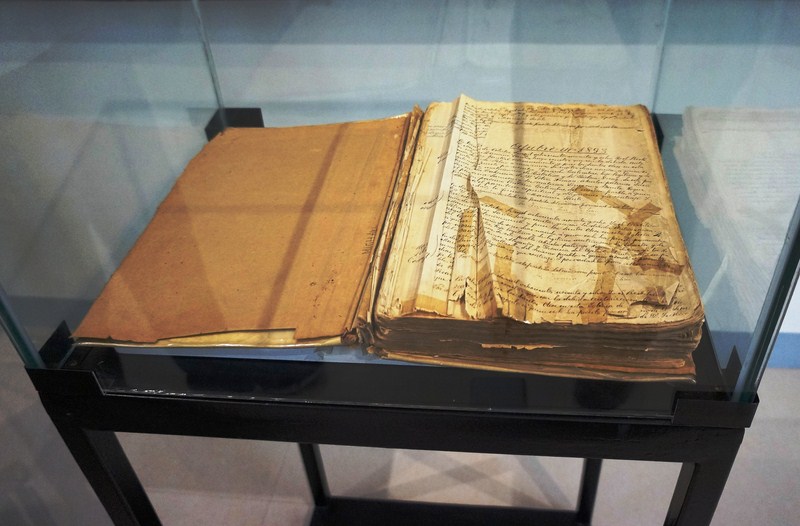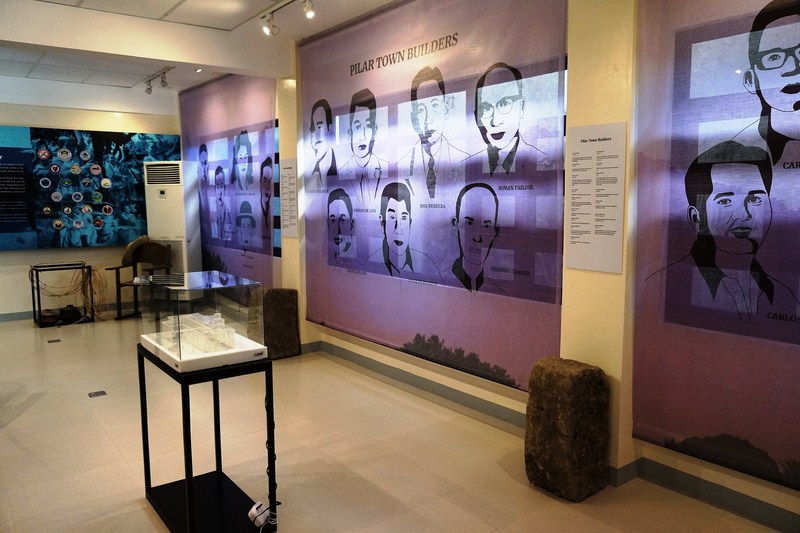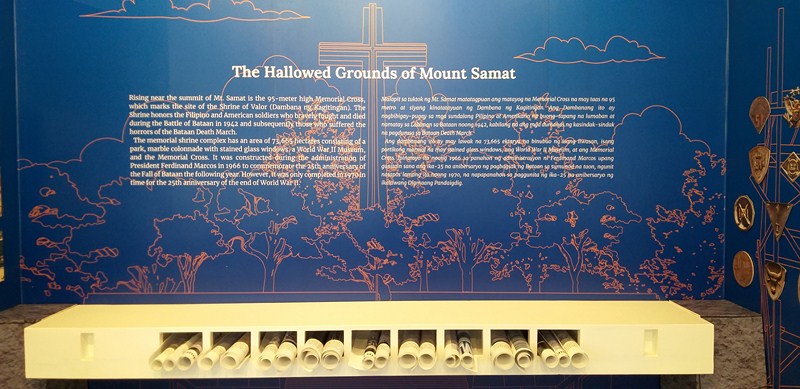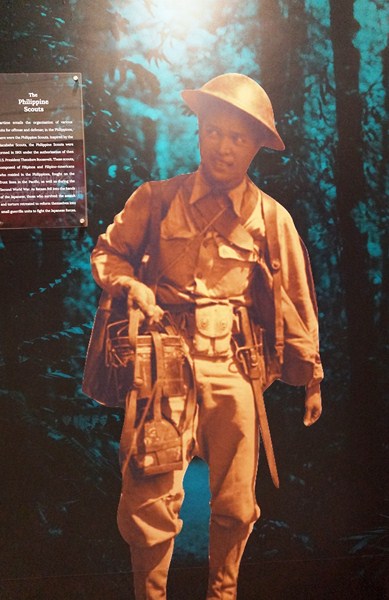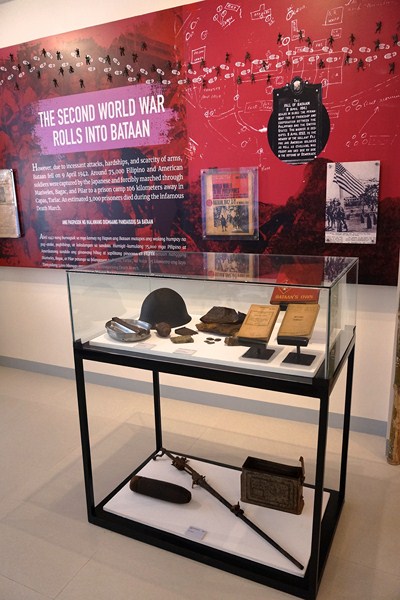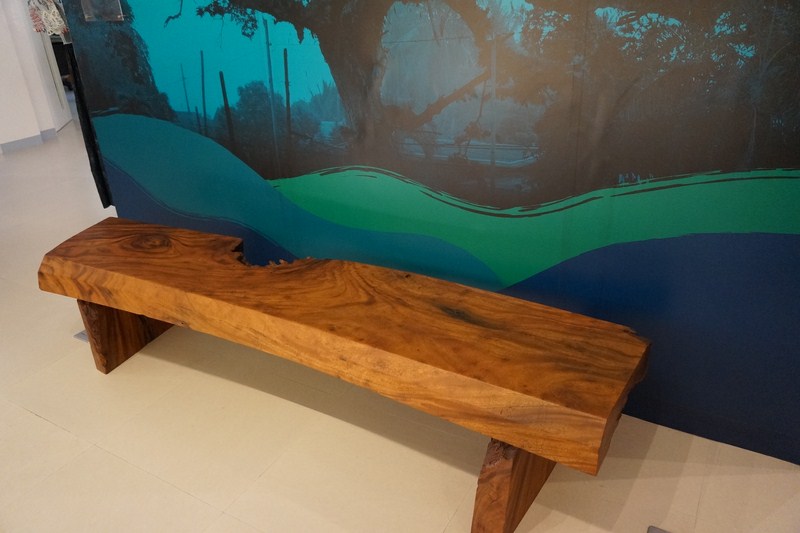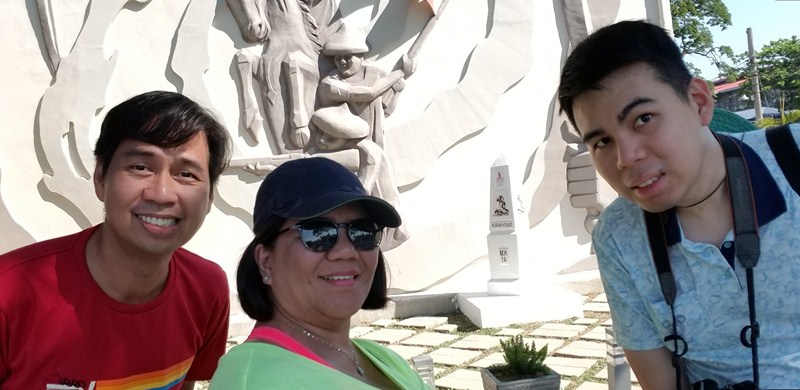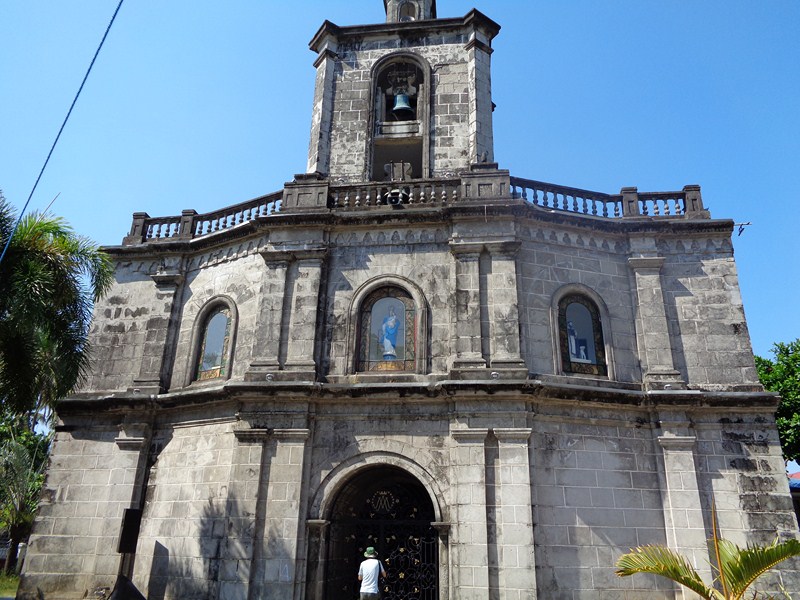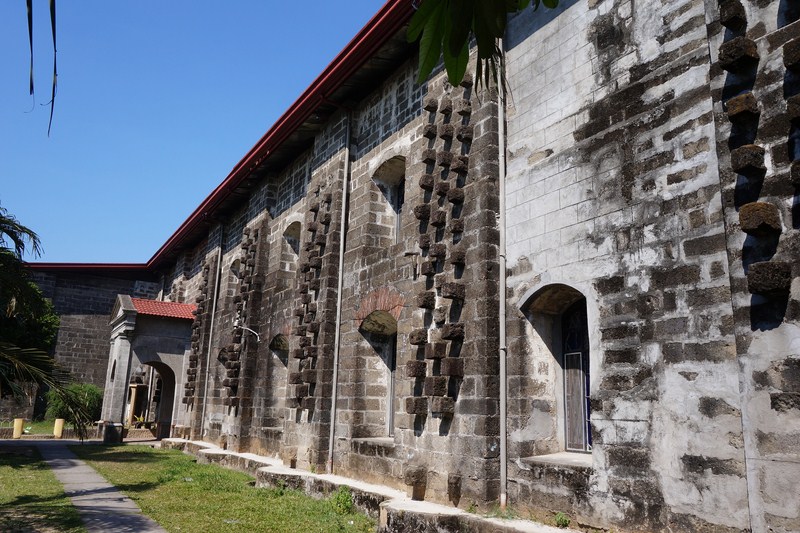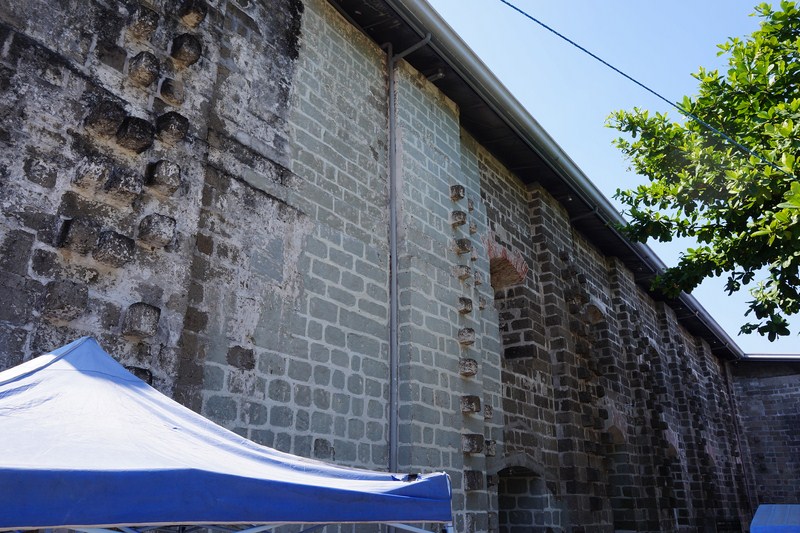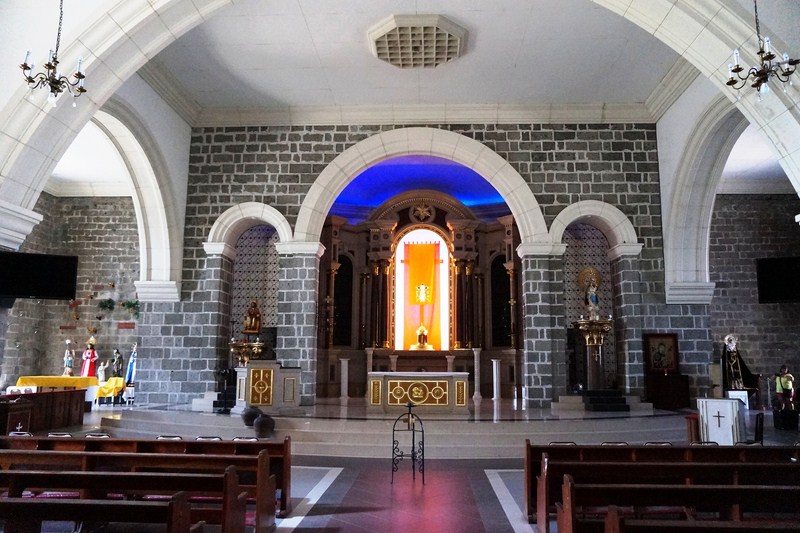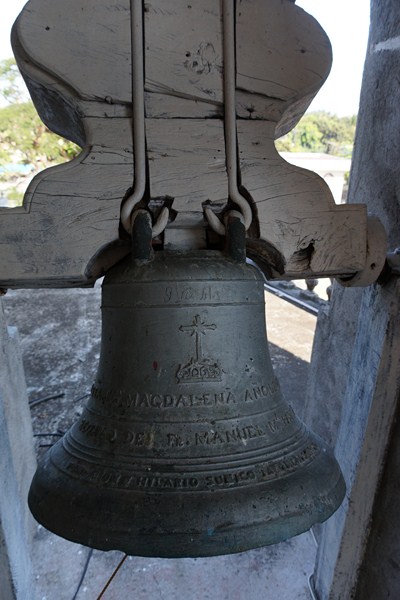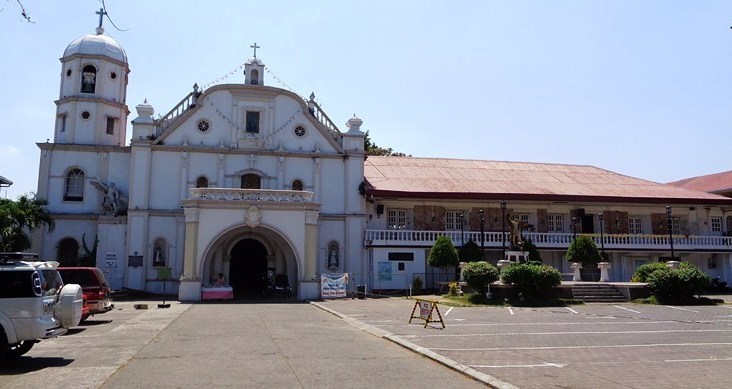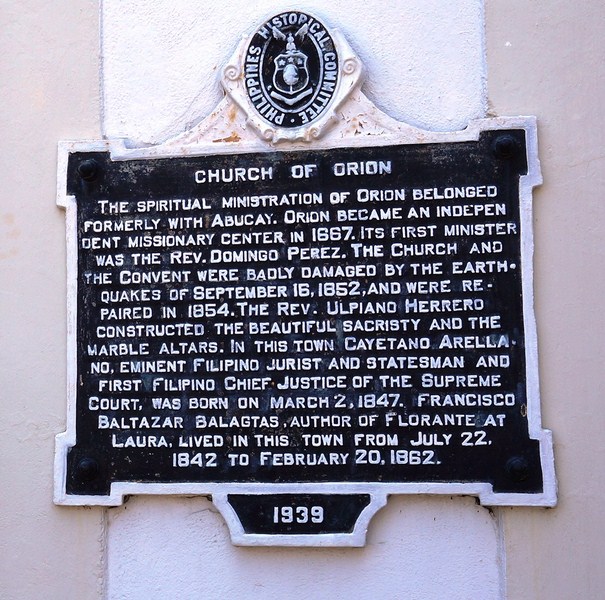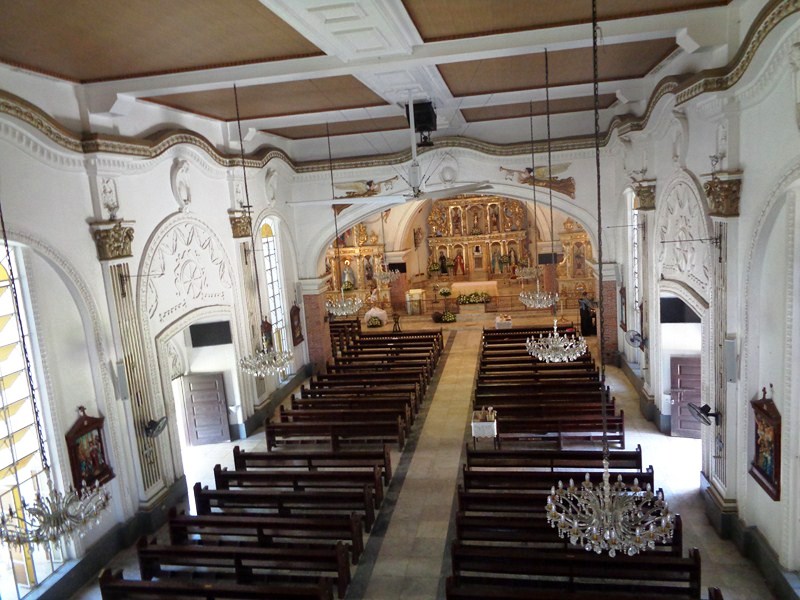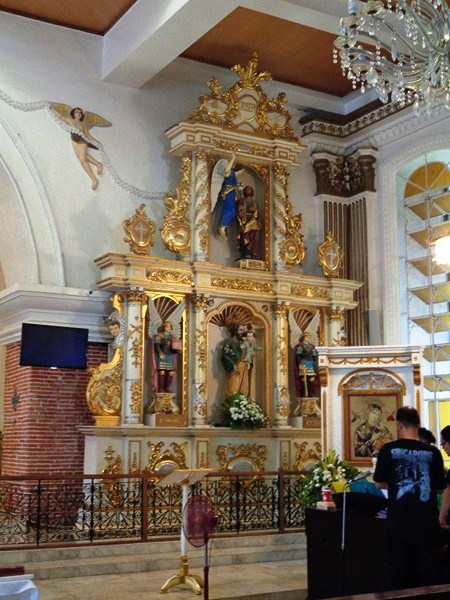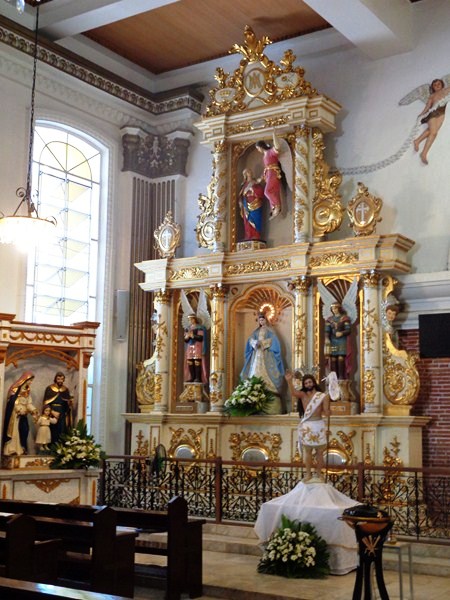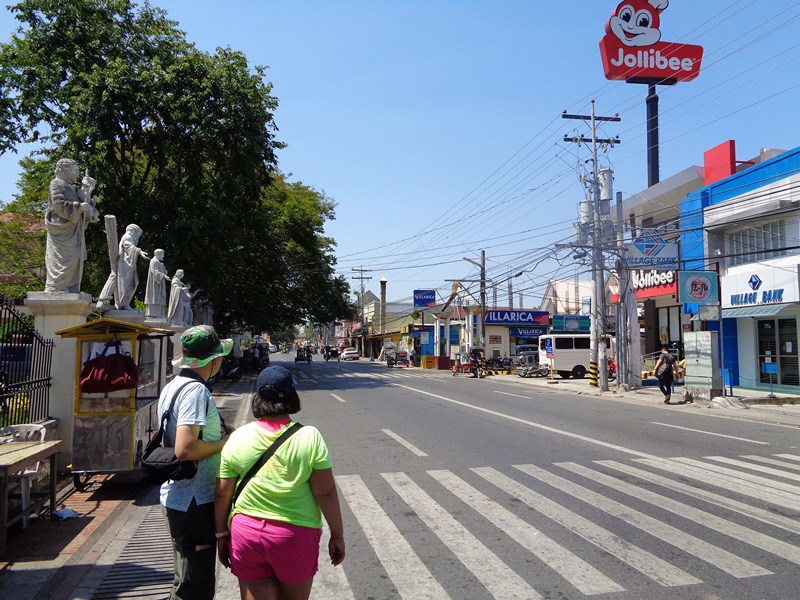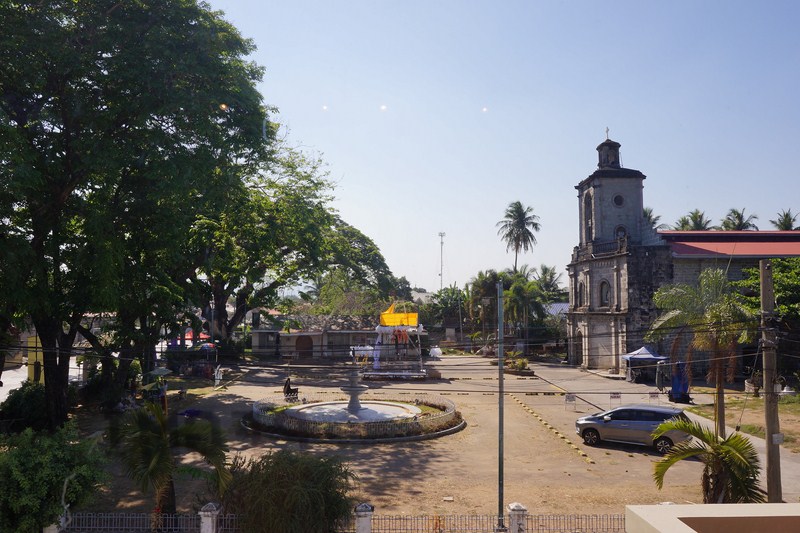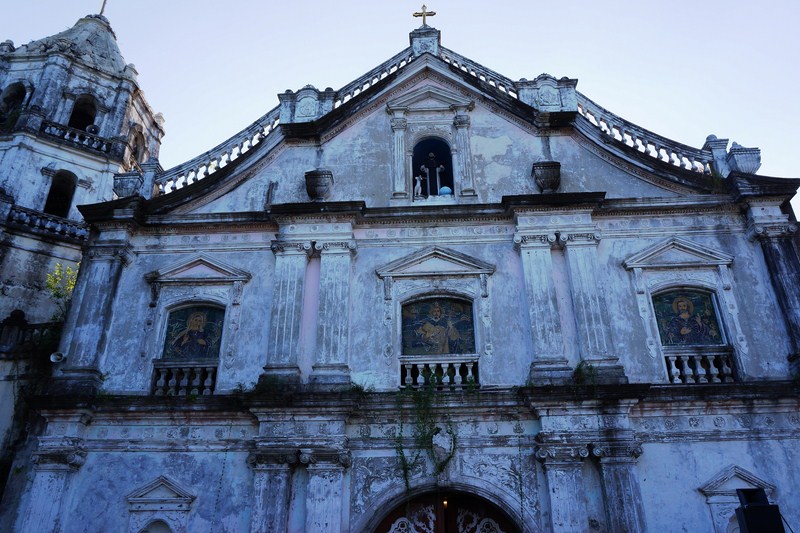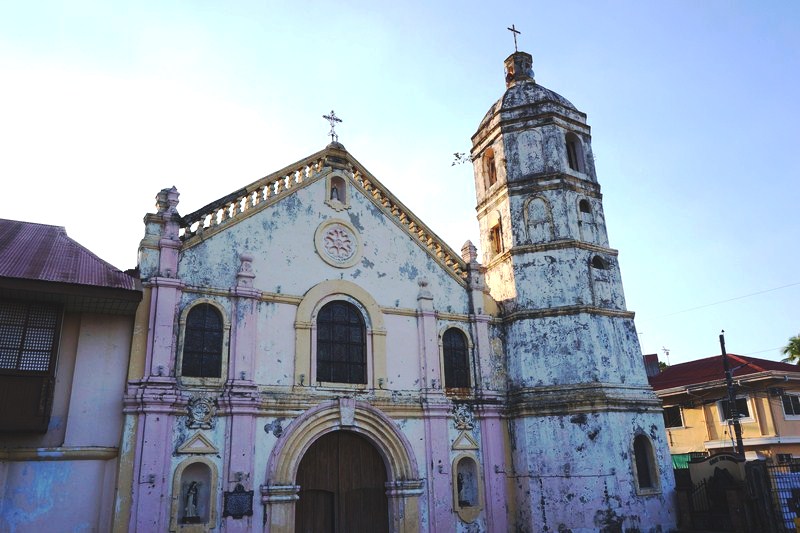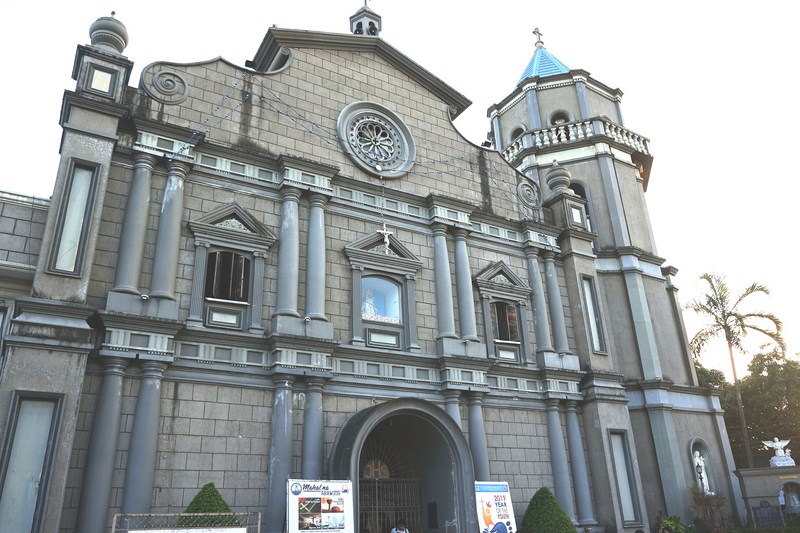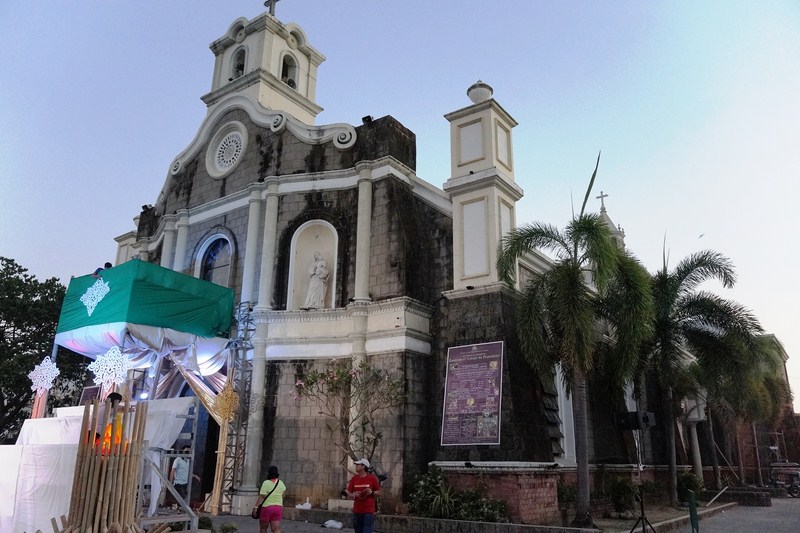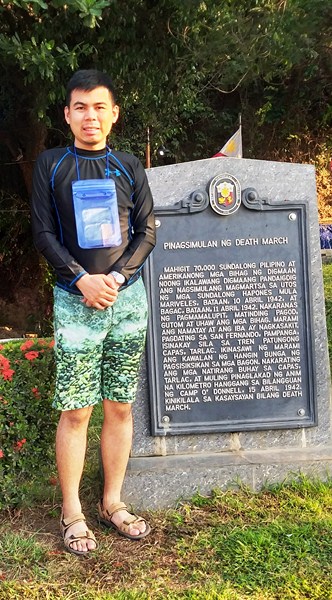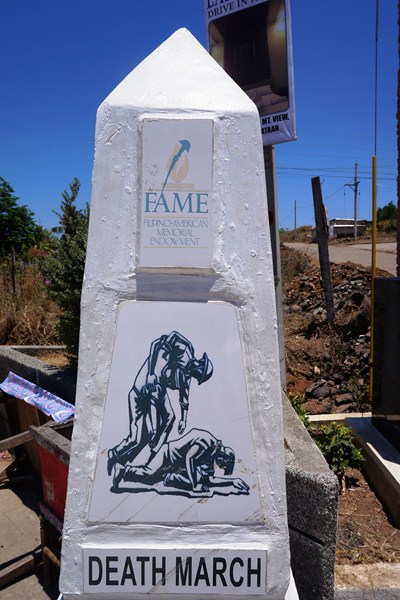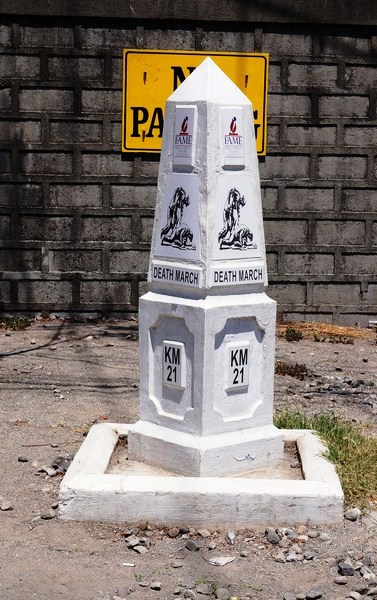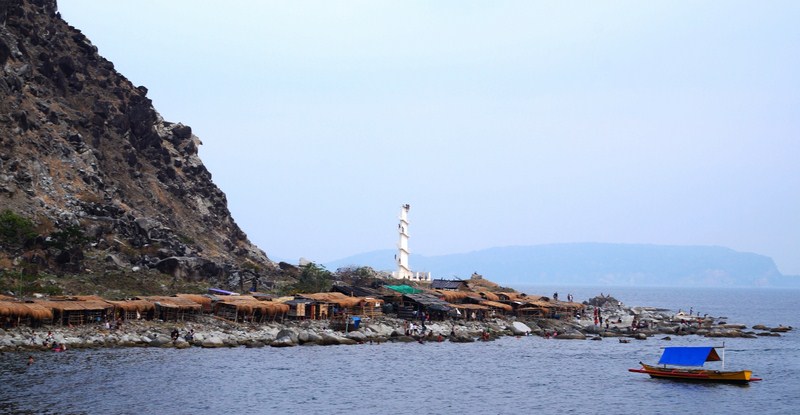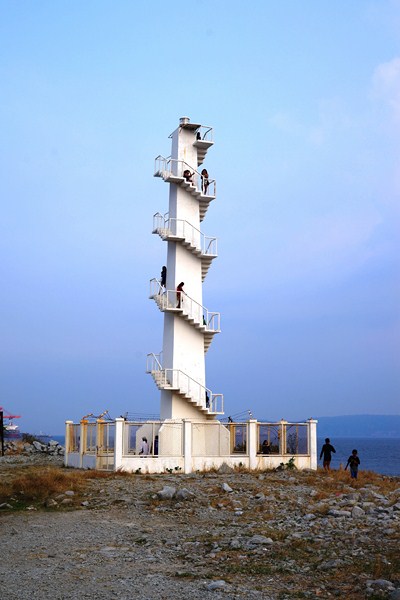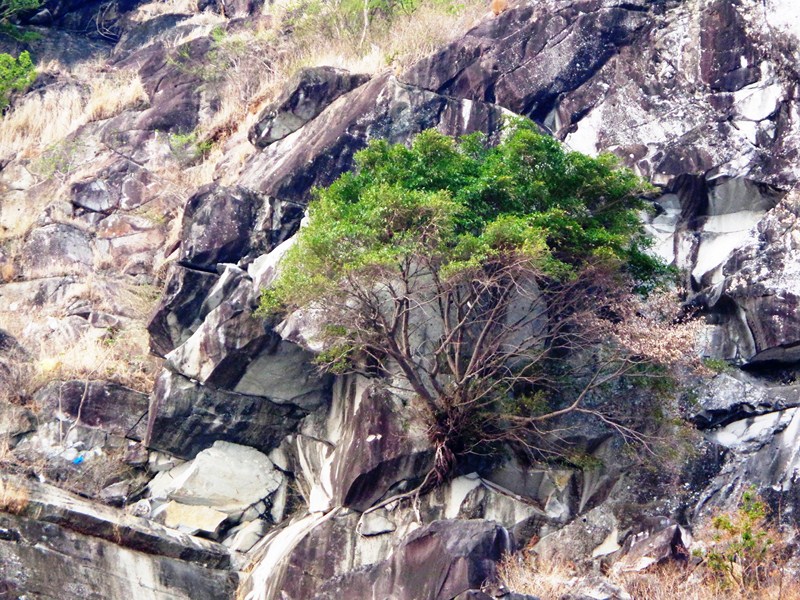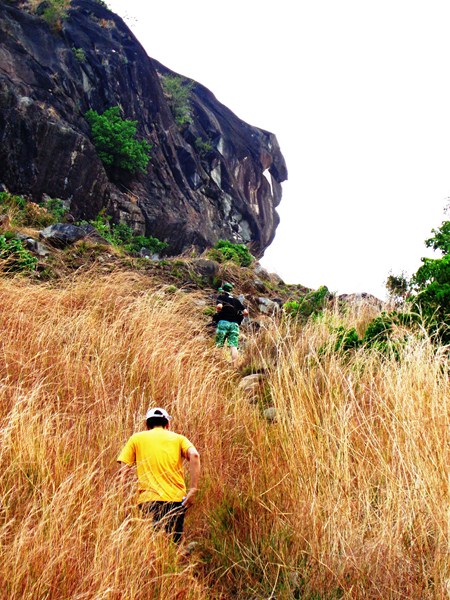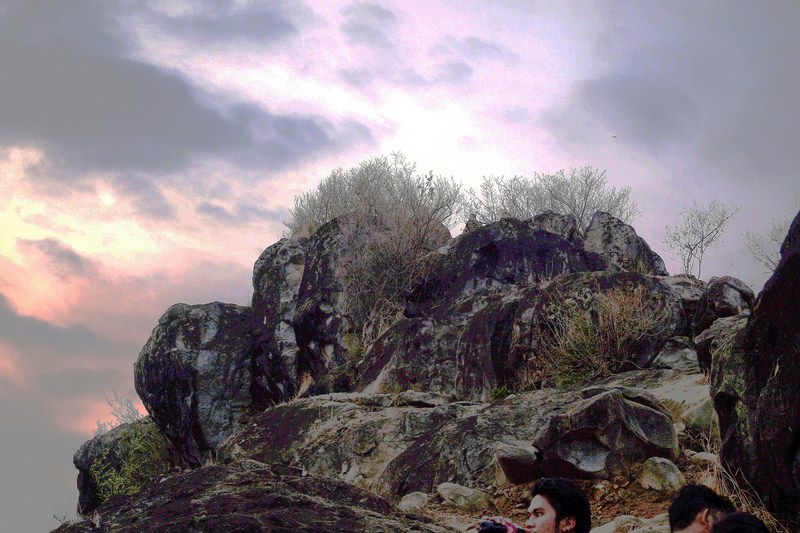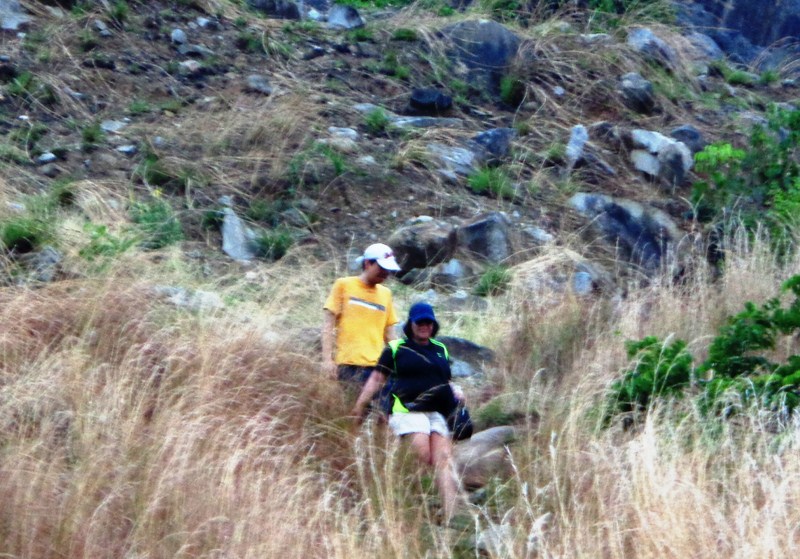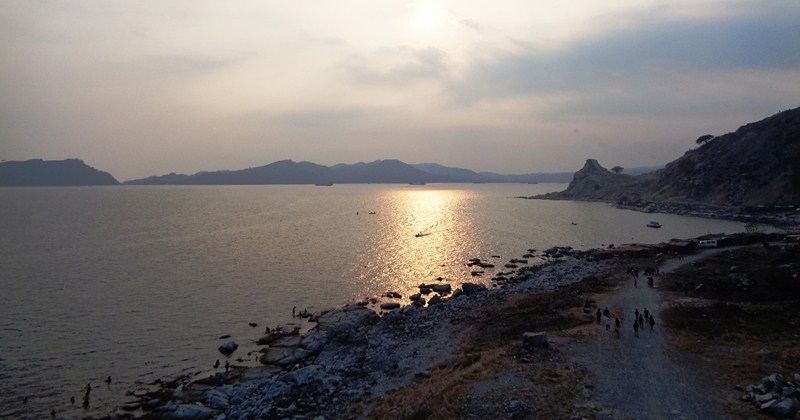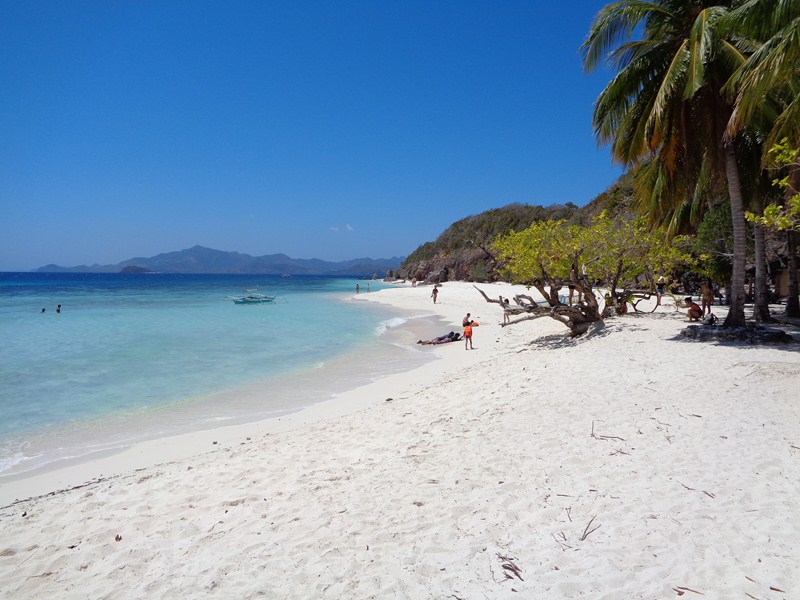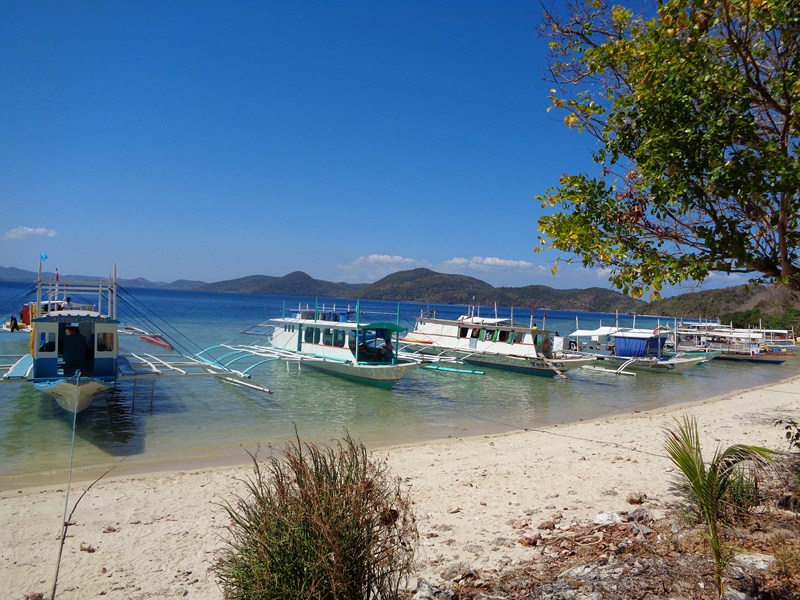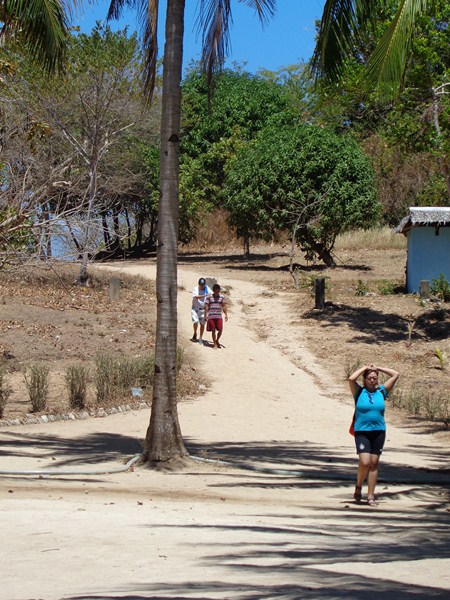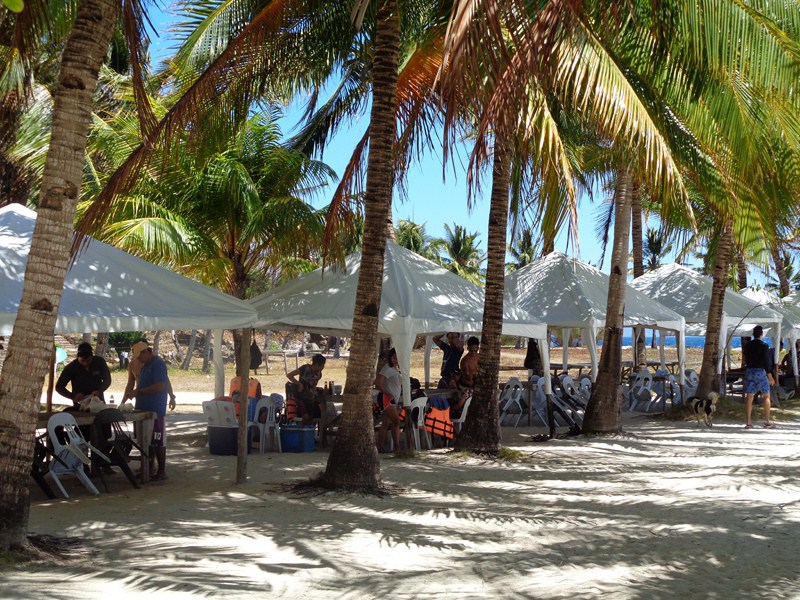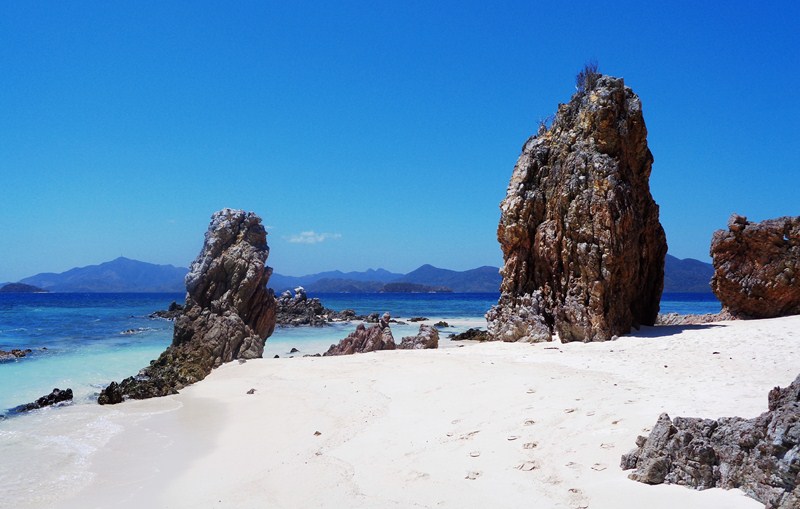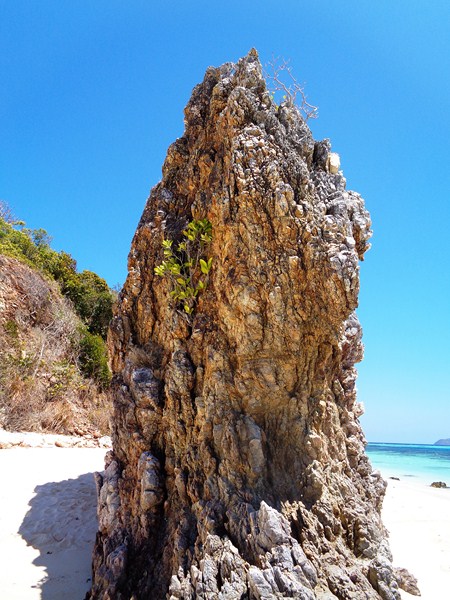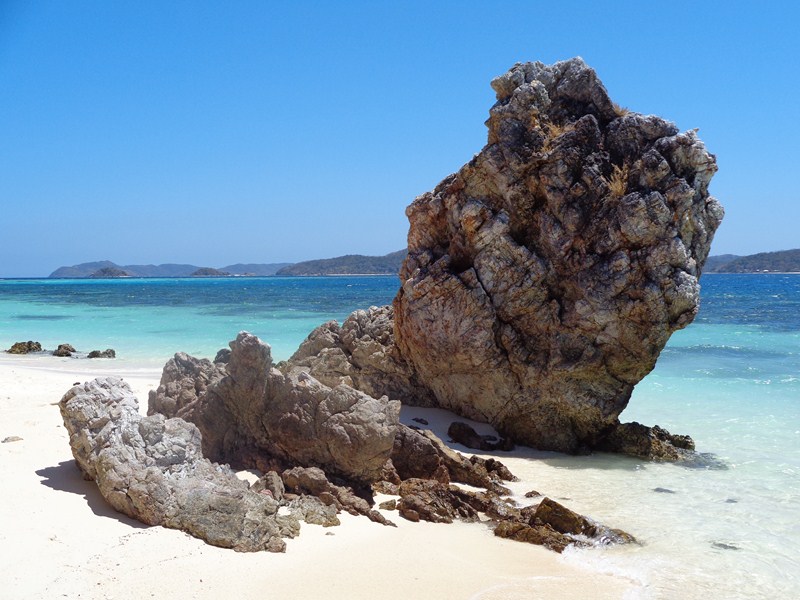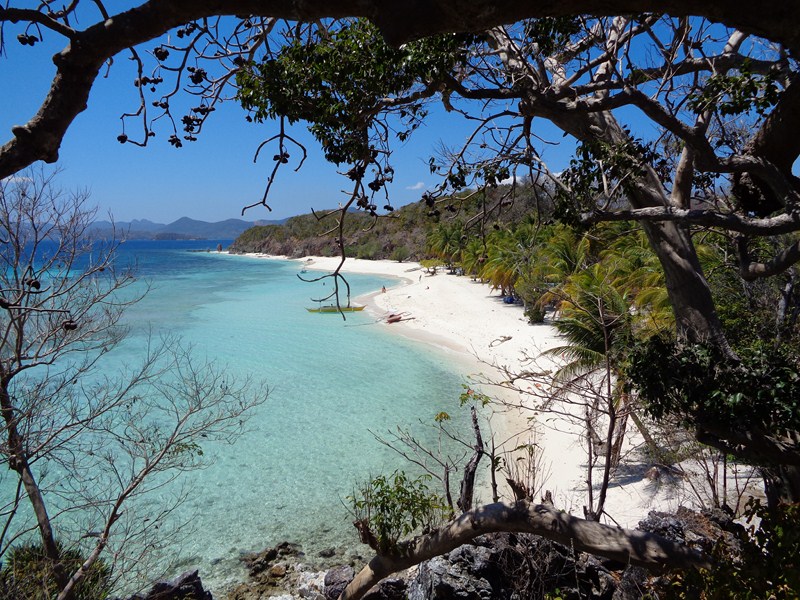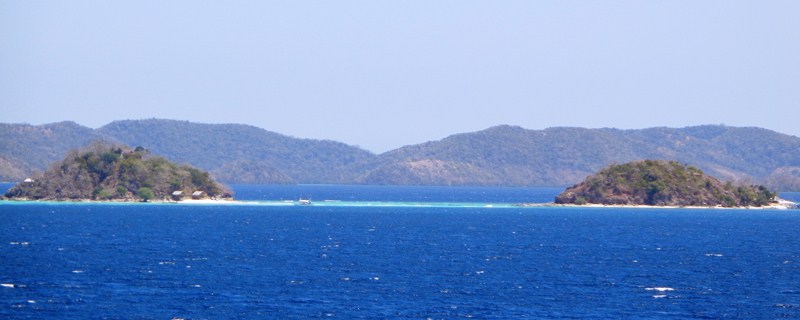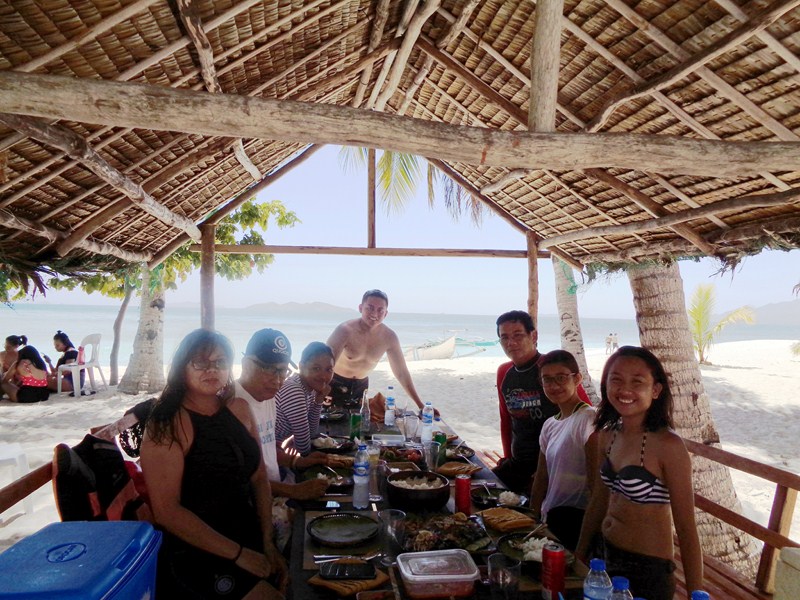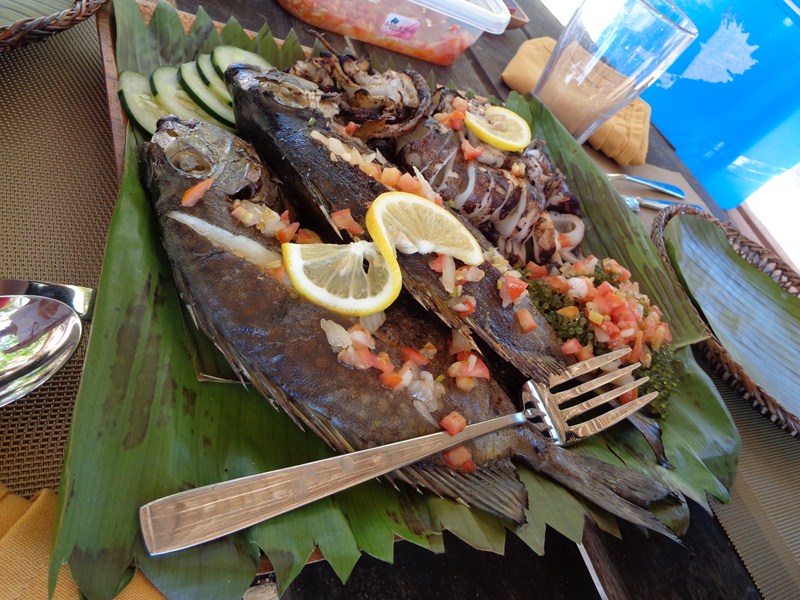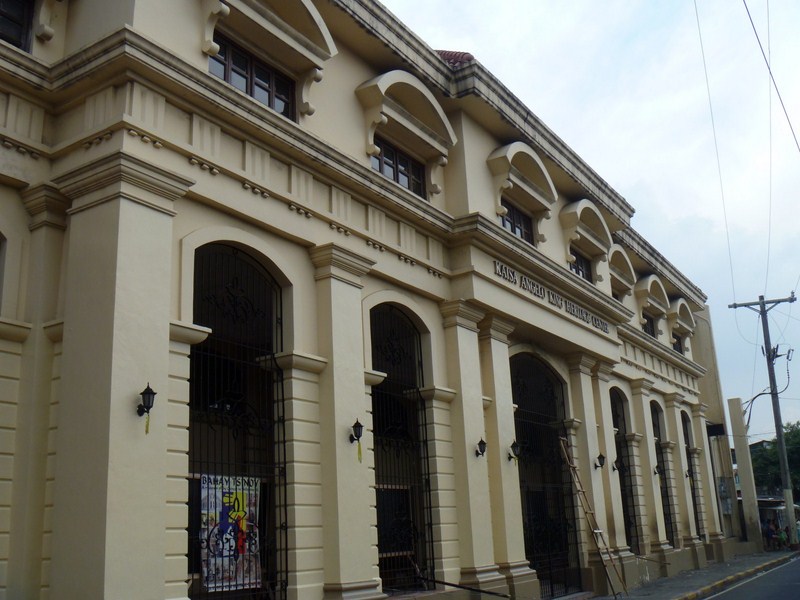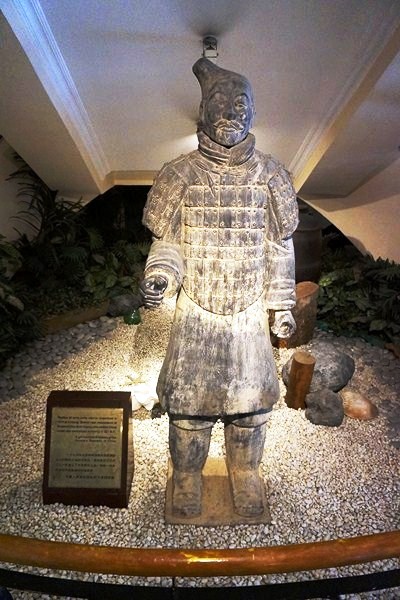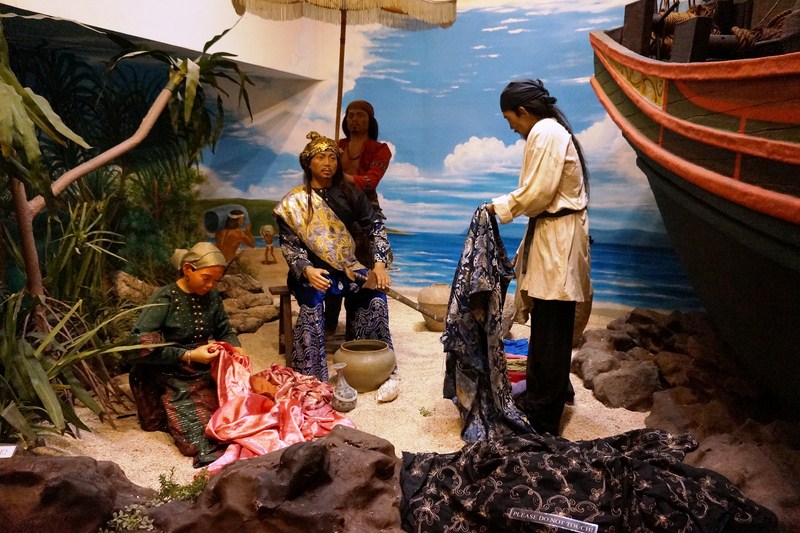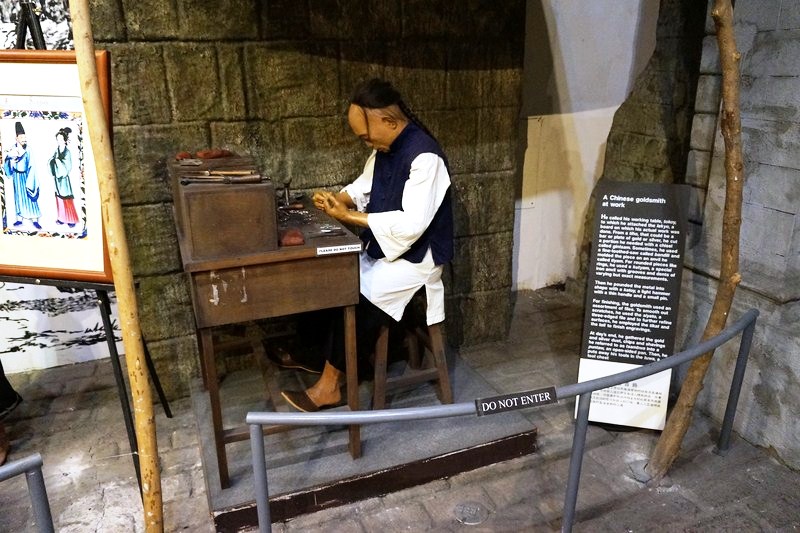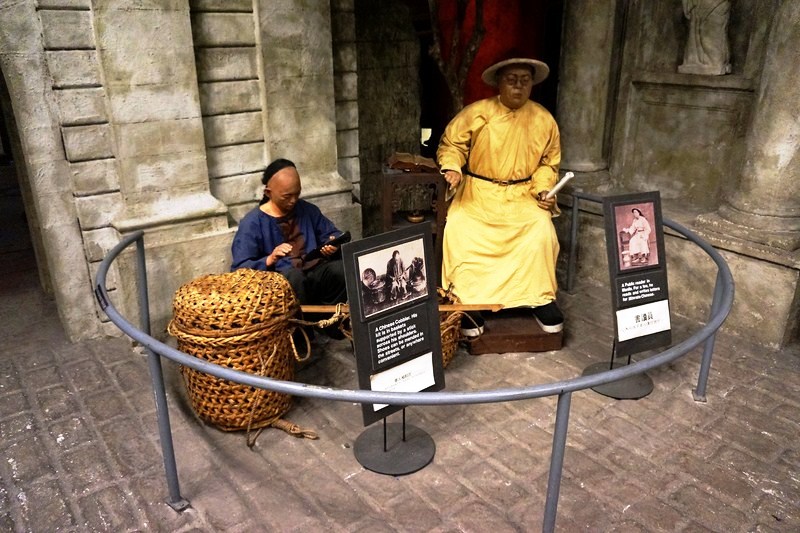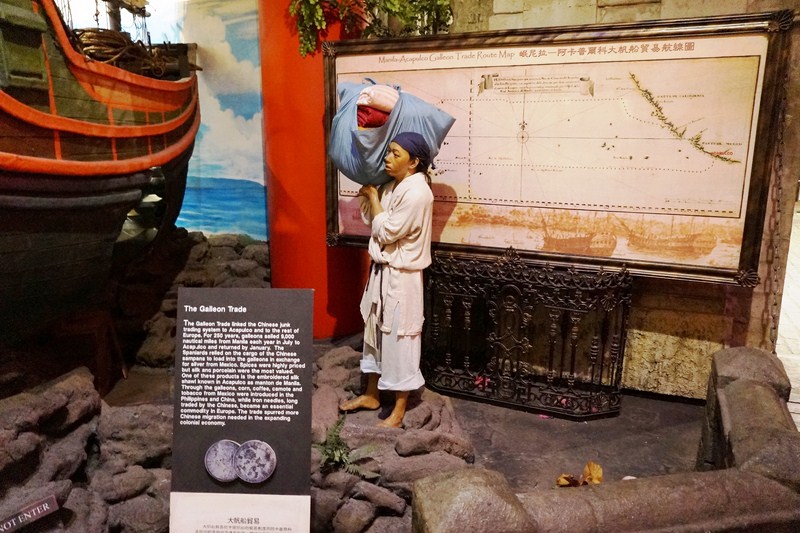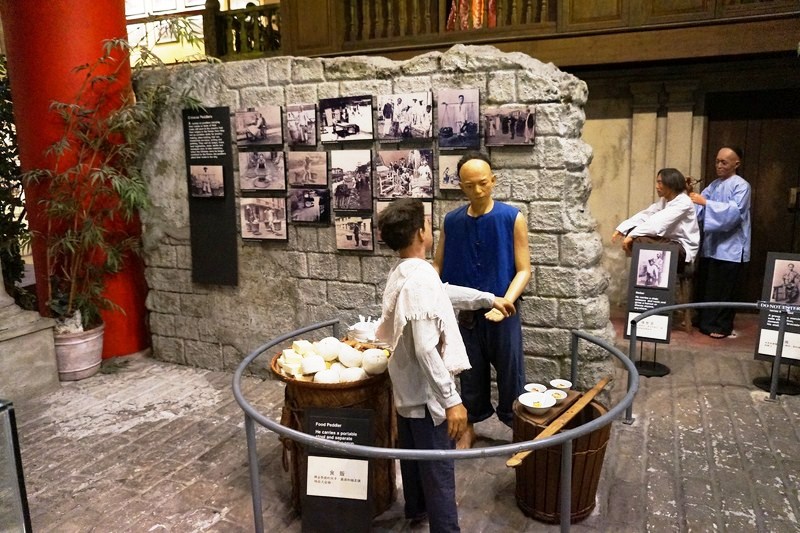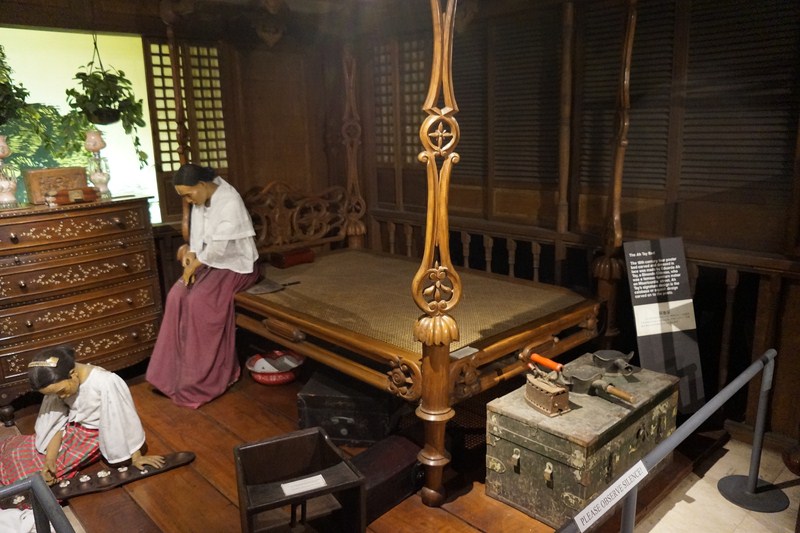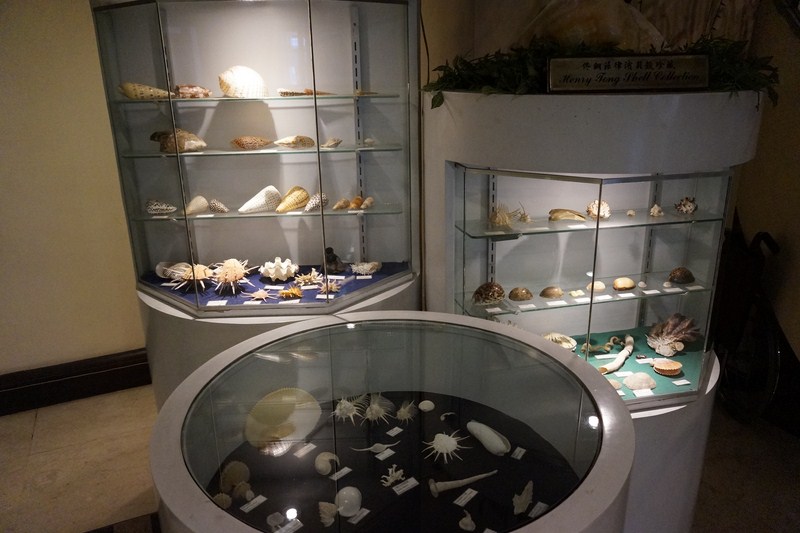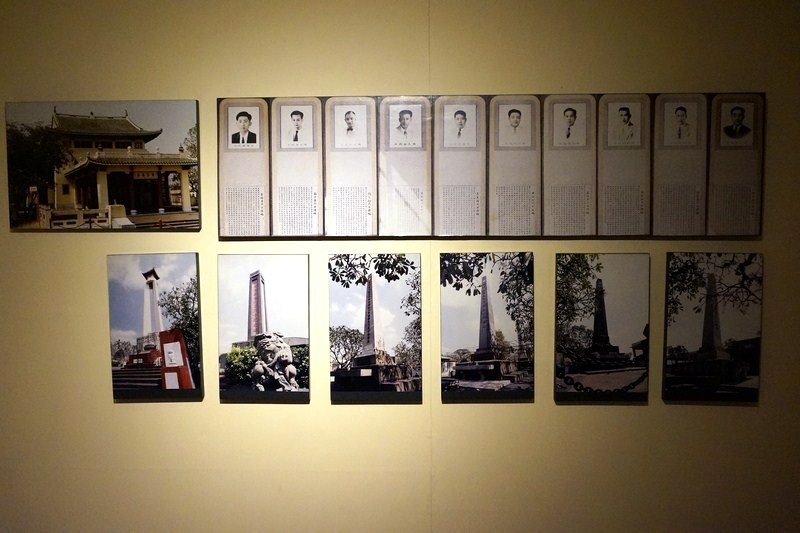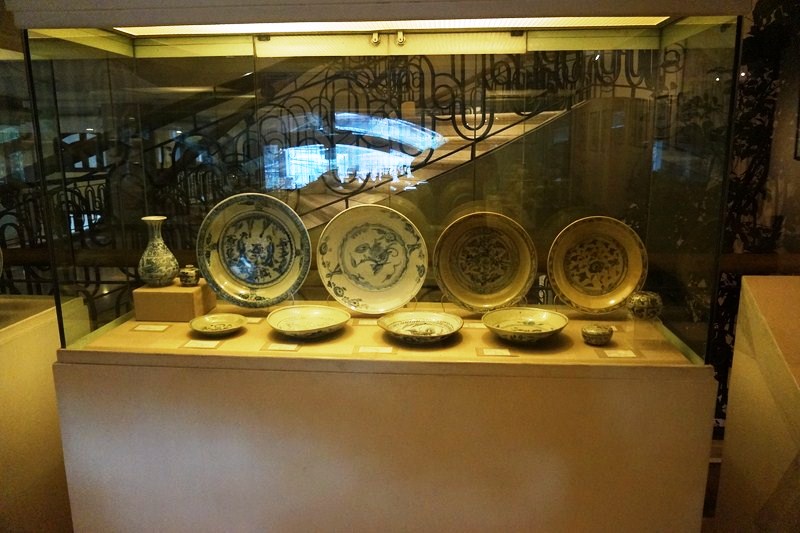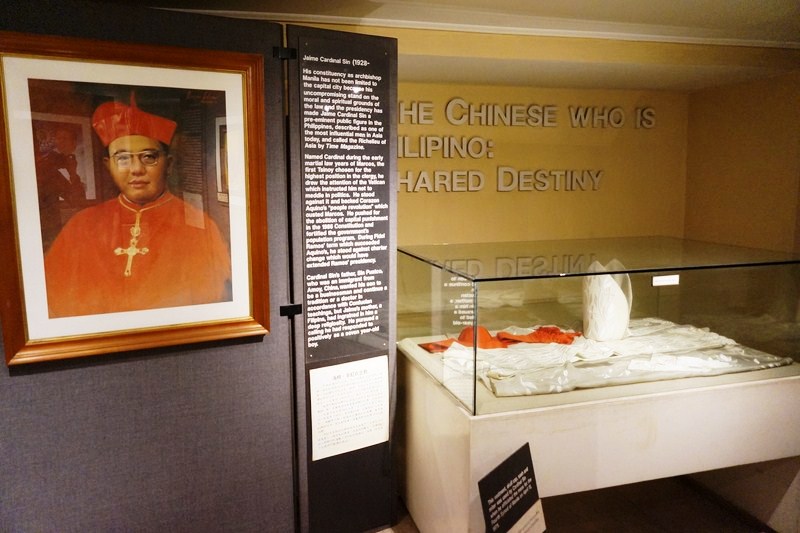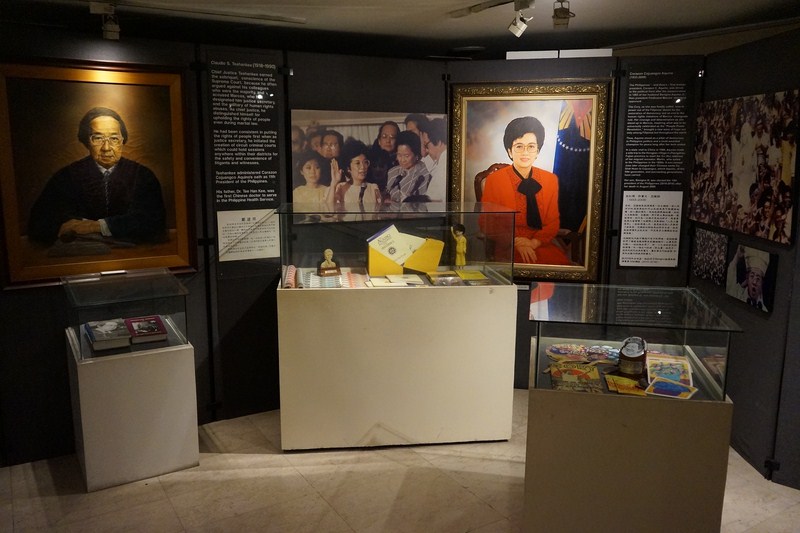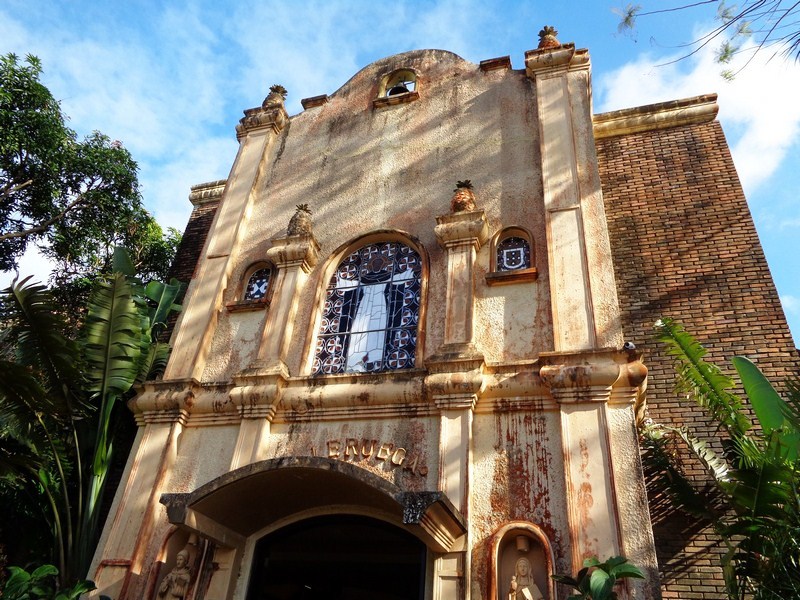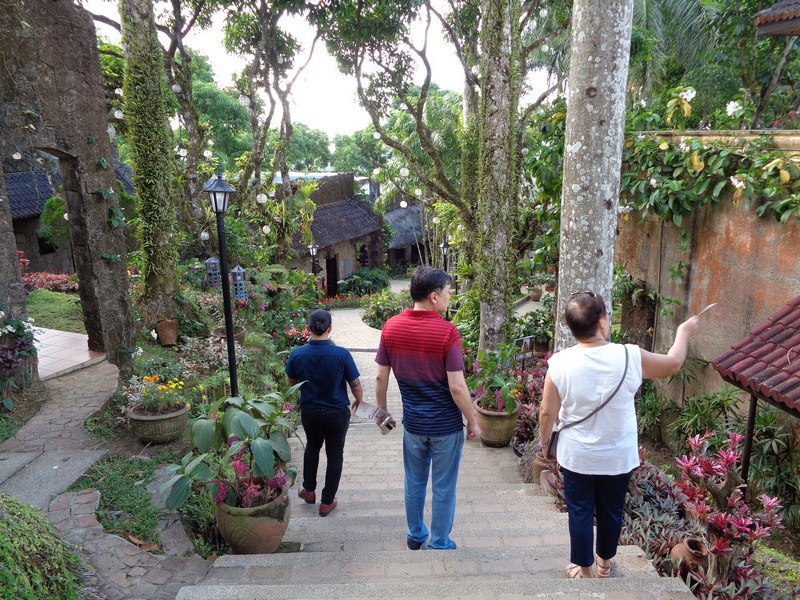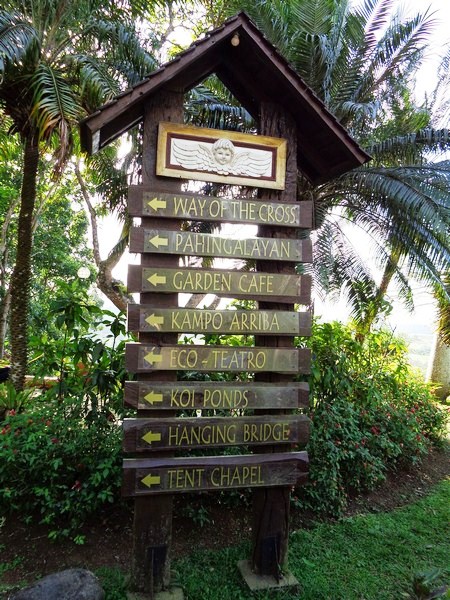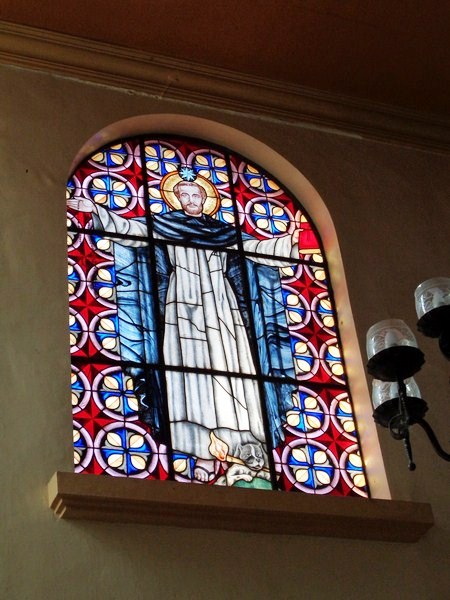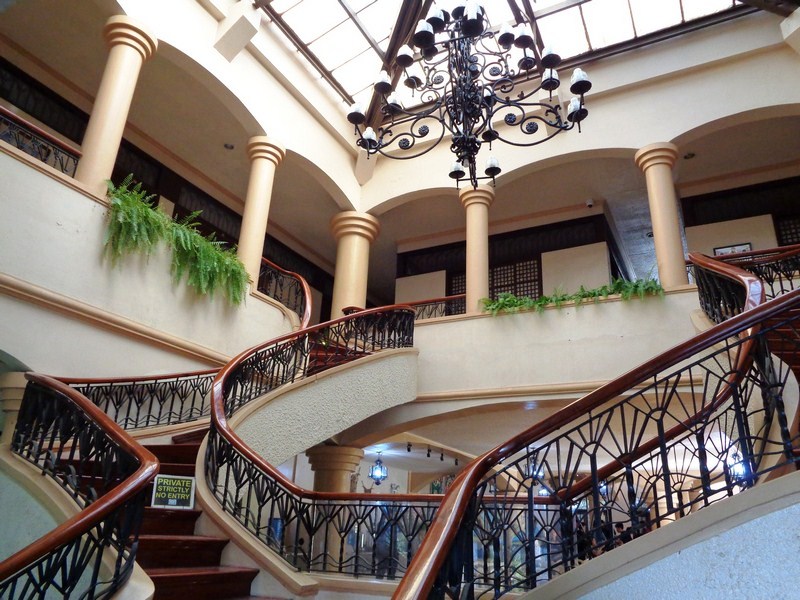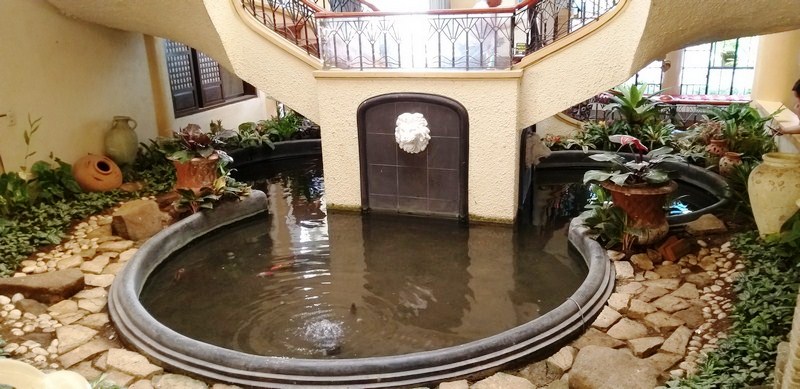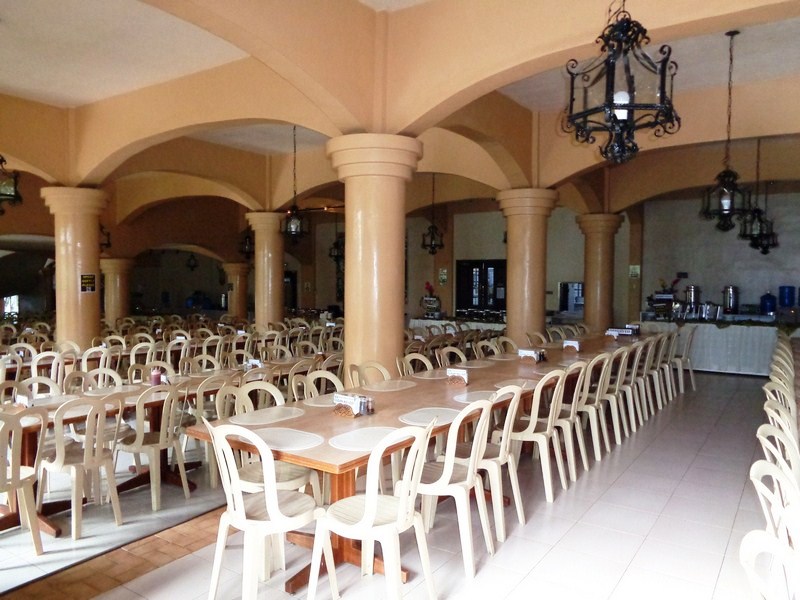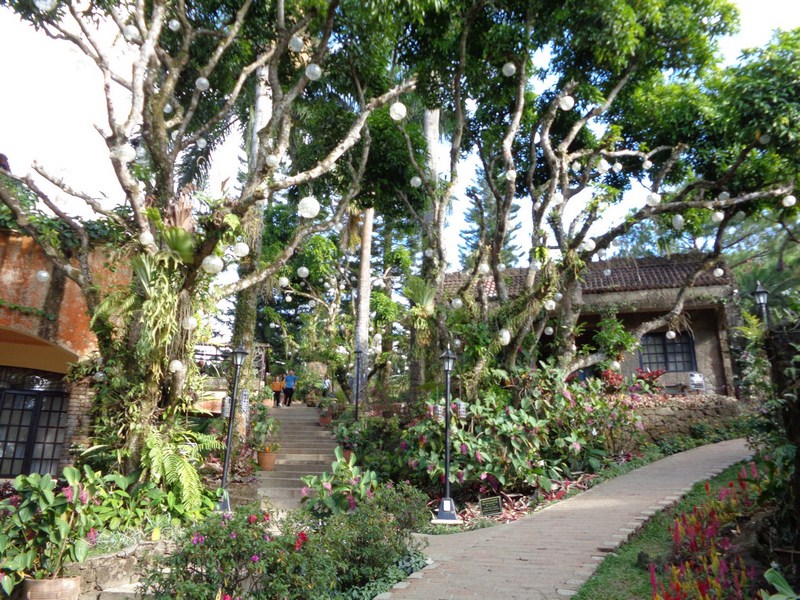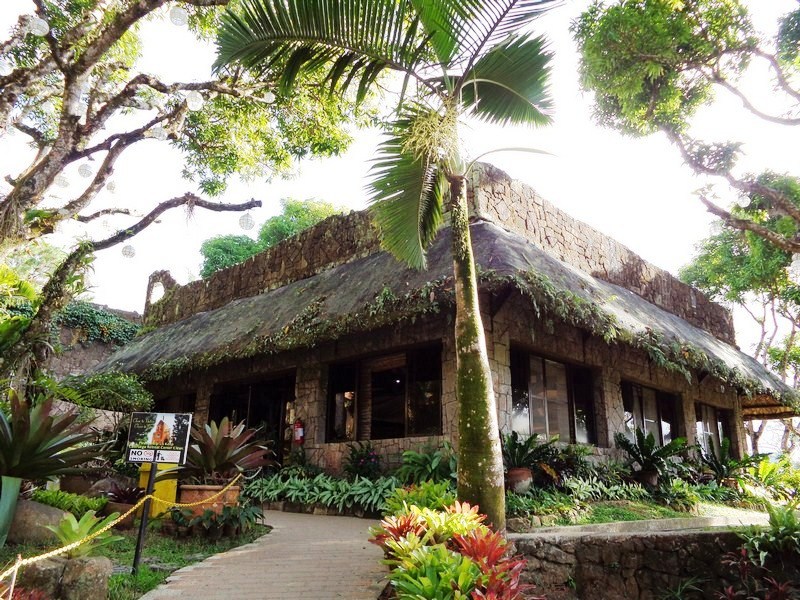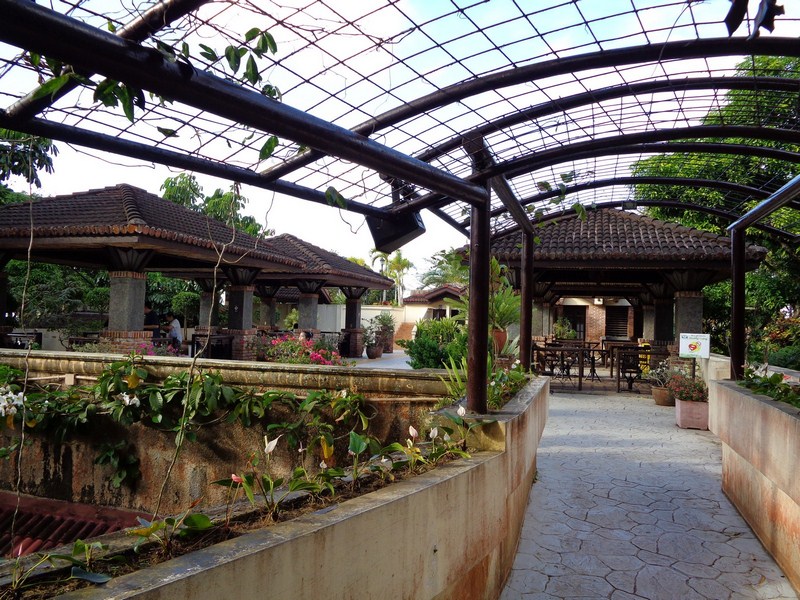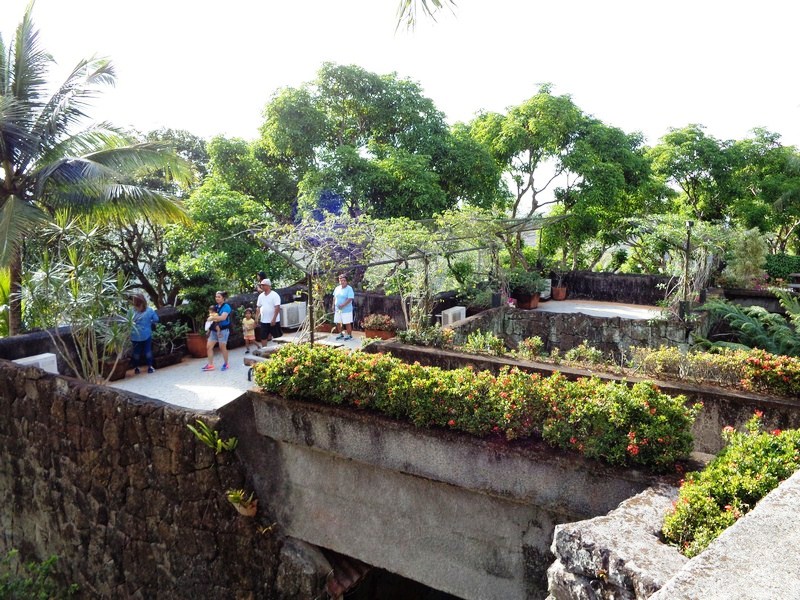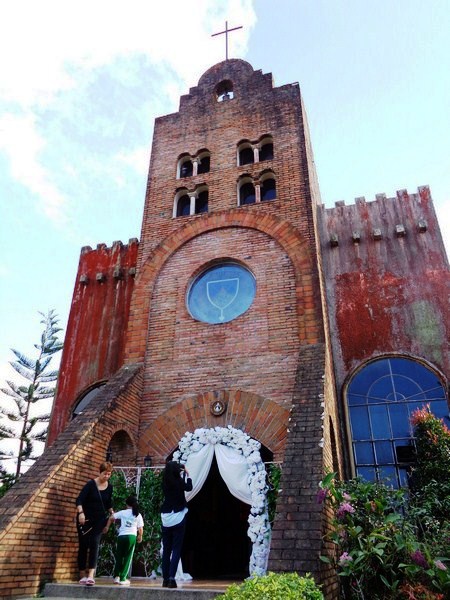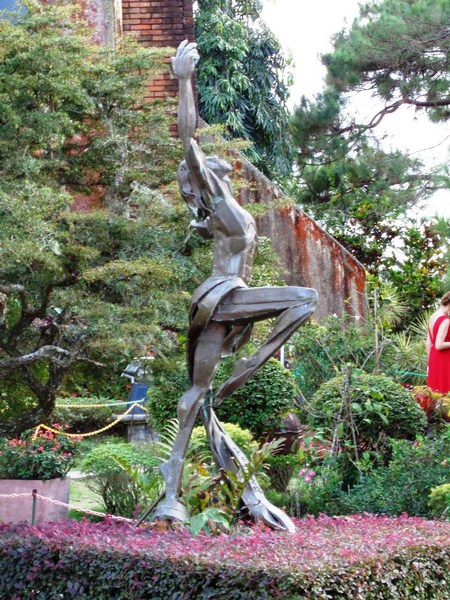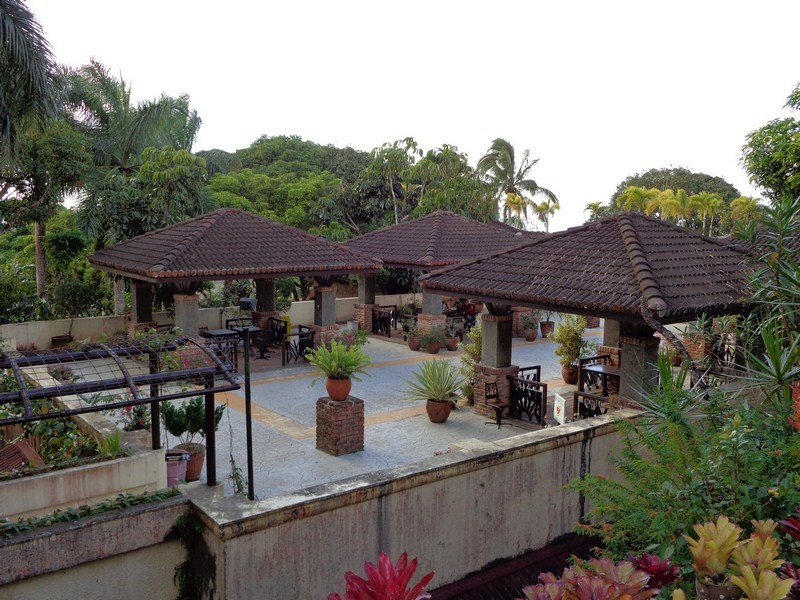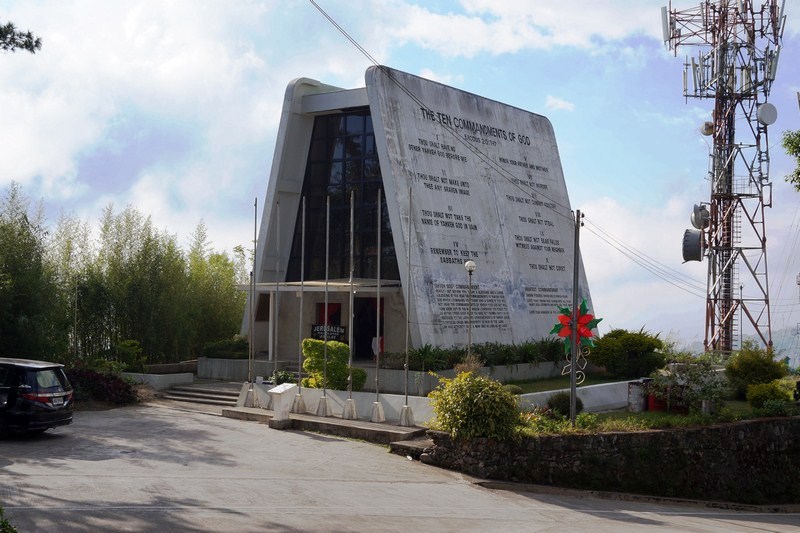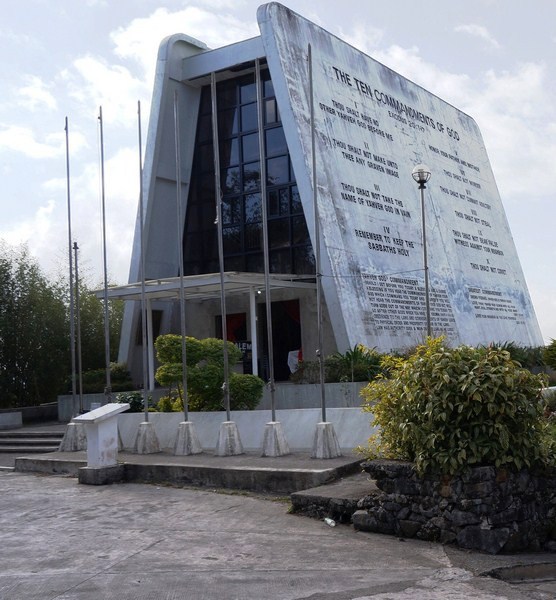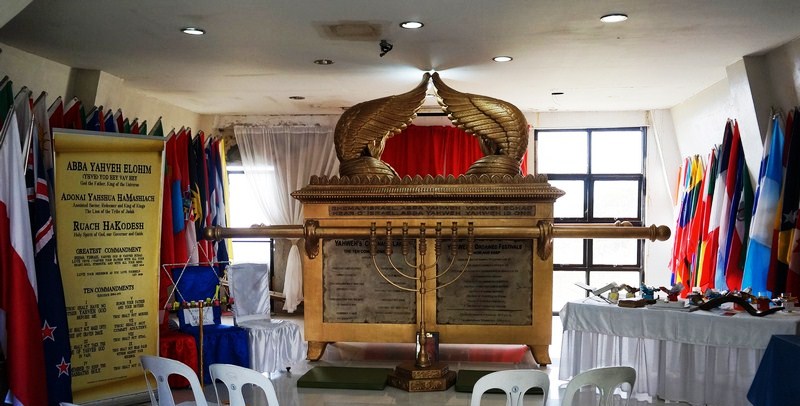After our visit to the Church of Our Lady of the Pillar, Maricar, Norman, Jandy and I visited the nearby Museo ng Kagitingan. It being a Black Saturday, we were surprised to find it open. Inaugurated a little over a week ago (April 10, the 218th Foundation Day of Pilar), this 2-storey, airconditioned museum, originally the town’s Puericulture Center, is the first local museum in Bataan.
Check out “Church of Our Lady of the Pillar“
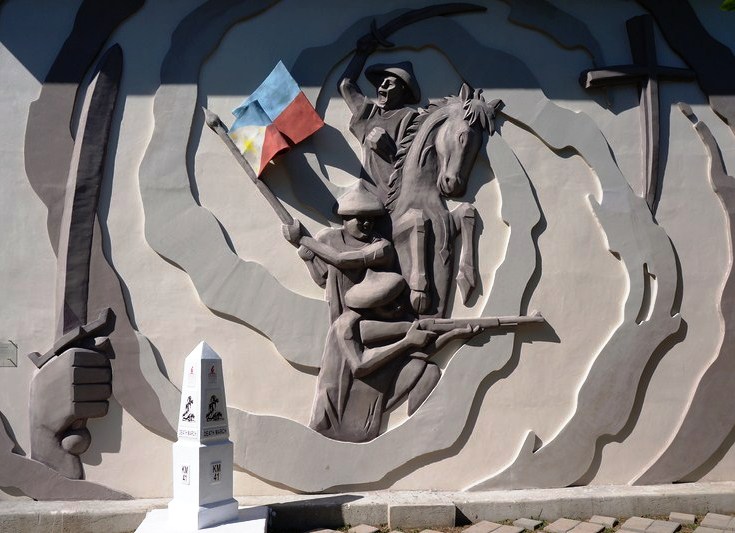
A sculpture of horse-riding soldiers, ready for action, with the Philippine flag raised high above their heads. Beside it is a replica of the KM41 Death March marker
At the right side of the entrance of the museum, facing the National Road, is a sculpture of horse-riding soldiers, ready for action, with the Philippine flag raised high above their heads. Beside it is a replica of the KM41 Death March marker, one of two markers that can be seen in Pilar (the other being KM26).
The museum’s logo features the maya, a local bird that denotes freedom, plus some of the most important points of interest in Pilar. The museum houses old newspaper clippings; journals; an old residence certificate; old baptismal records; a rich gallery of old photos collected from locals of Pilar; and artworks with historical value created by local artists.
There’s also a four-page manuscript of the late Pres. Ferdinand Marcos’ speech when he visited Bataan, perhaps during the inauguration of the Mt. Samat Shrine of Valor.
A glass stain mosaic, by artist Resty B.Calapan, depicts the Church of Our Lady of the Pillar, the Dambana ng Kagitingan, the Death March, the Flaming Sword Monument as well as Dunsolan Falls and the town’s Kasinagan Festival.
The glass railing of the stairs leading to the second floor is etched with scenes from the infamous Bataan Death March.
On loan to the museum from someone’s private collection is a bench made of bamboo made by the late National Artist Napoleon Abueva. The aptly titled “The Hallowed Grounds of Mt. Samat” gives a comprehensive description of the Shrine of Valor.
There’s also a visual representation of the Death March, giving emphasis to Bataan’s involvement in the Filipino soldiers’ fight for freedom during World War II. Throughout the display, we can see small figures of soldiers walking along the representation.
There’s also a bench made from a century-old acacia tree that used to stand along the National Road in Brgy. Santa Rosa. A mute witness to the various events in Pilar’s history, it unfortunately fell down during a strong typhoon.
Museo ng Kagitingan: National Road, Pilar, Bataan. Admission: P30.


